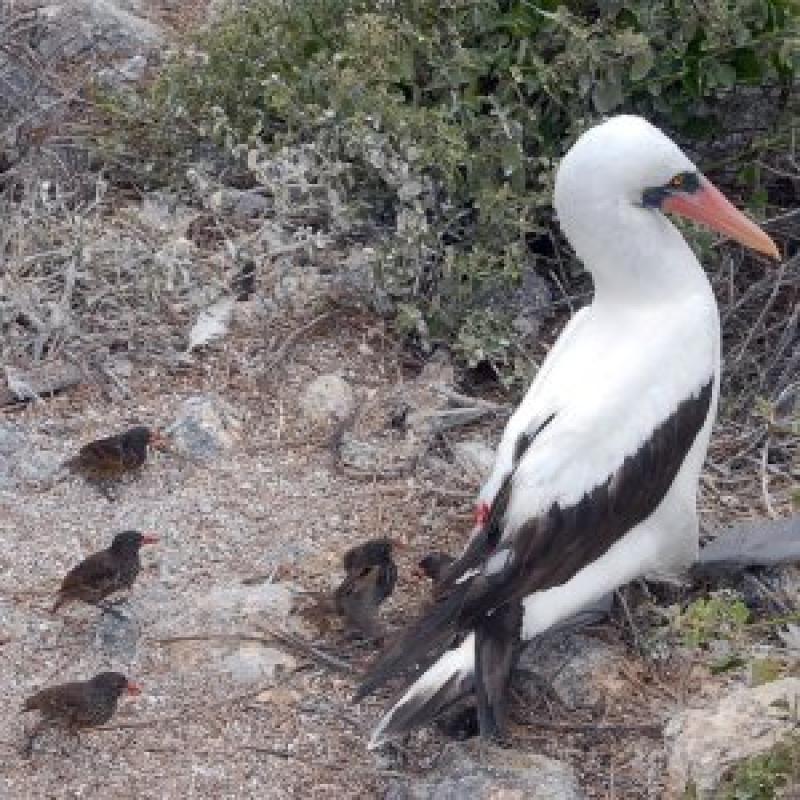Odds 'n ends - June 15th, 2019


NASA’s Mars orbiter spotted the ‘Star Trek’ logo on Mars
and fans are freaking out

Apparently, it’s also really good at building hype with sci-fi fans.
One of the orbiter’s recent images of the Red Planet is getting far more attention than most, and it’s causing quite a stir on social media. In the image, the long-still remains of an ancient dune catch the eye immediately, and for good reason: it’s in the shape of the Star Trek logo.
Mars is a dusty, windy place, and as such it has many areas that are covered in dunes. This particularly pop-culture-friendly dune is actually almost entirely gone, having been blown away by winds long ago, but its outline remains thanks to some kind of ancient eruption that caused lava to flow across it.
Read the rest of the article in BGR
This is Christopher Scotese 's latest video showing plate motions, changing sea level, mountain building, and ice ages. To find out how the maps were made go to:
https://www.earthbyte.org/paleomap-paleoatlas-for-gplates/
Most 'meat' in 2040 will not come from dead animals, says report

The report by the global consultancy AT Kearney, based on expert interviews , highlights the heavy environmental impacts of conventional meat production and the concerns people have about the welfare of animals under industrial farming.
“The large-scale livestock industry is viewed by many as an unnecessary evil,” the report says. “With the advantages of novel vegan meat replacements and cultured meat over conventionally produced meat, it is only a matter of time before they capture a substantial market share.”
The conventional meat industry raises billions of animals and turns over $1tn (£785bn) a year. However, the huge environmental impacts have been made plain in recent scientific studies, from the emissions driving the climate crisis to wild habitats destroyed for farmland and the pollution of rivers and oceans.
Companies such as Beyond Meat, Impossible Foods and Just Foods that use plant ingredients to create replacement burgers , scrambled eggs and other products are growing rapidly. AT Kearney estimates $1bn has been invested in such vegan products, including by the companies that dominate the conventional meat market . Beyond Meat raised $240m when the company went public in May and its shares have more than doubled since.
Read the rest of the article in The Guardian
The Vampire Birds of the Galápagos Have Fascinating Inner Lives

Yes, there is such a thing as a vampire finch.
Yes, it is what it sounds like.
Galápagos finches have been used since Darwin’s time to illustrate evolution in action. Even among them, Geospiza septentrionalis is an outlier, one of the few birds in the world to intentionally draw and drink blood. And the species is only found on Wolf and Darwin islands, two of the most remote and off-limits places in the entire archipelago.
The vampire finch has a method. First, one bird hops on the back of a resting Nazca booby, pecks at the base of the seabird’s wing, and drinks. Blood stains the booby’s white feathers.


Looks like meat? Eh, in some cases. Tastes like meat... No Sir, it does not.
Kirk is a narcissistic a-hole. Always gotta leave his mark..
Stake....er, toothpick to the heart.